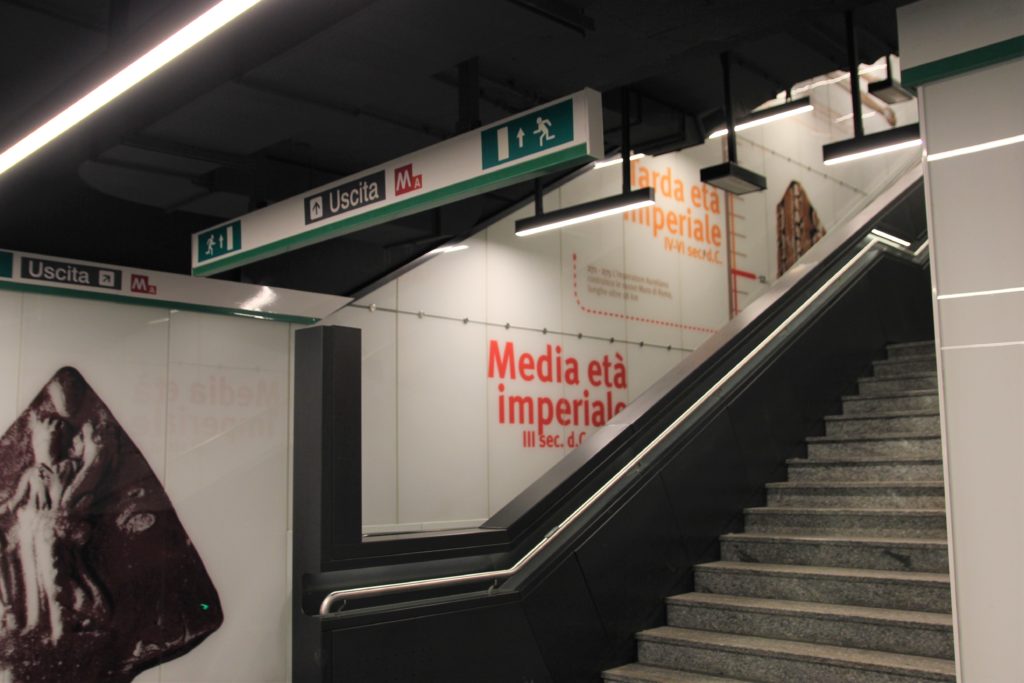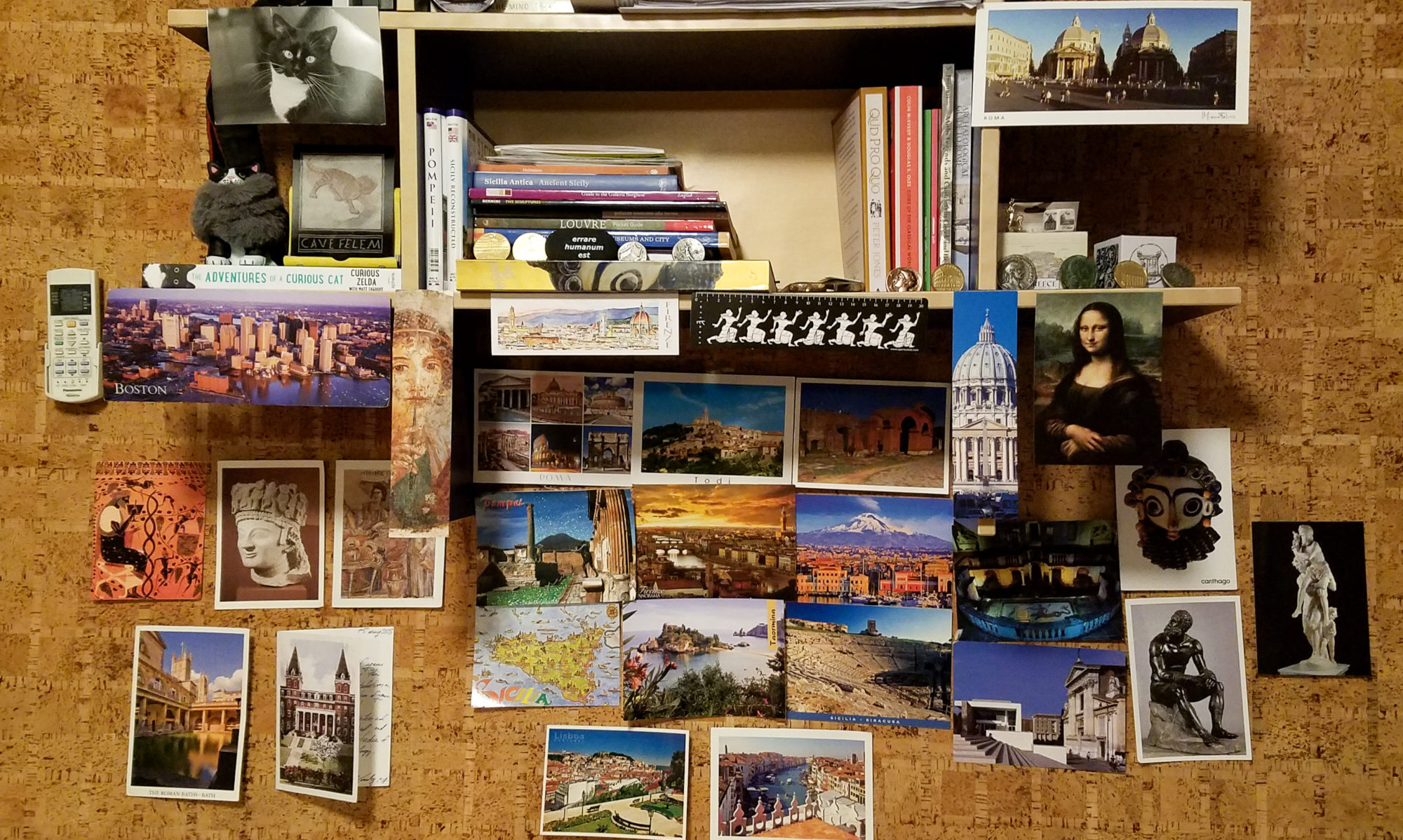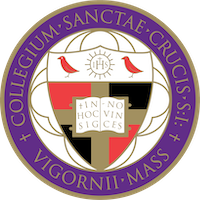As a city person, I appreciate the conveniences of public transportation. I was pleased to find out that both the Residence and the Temple Rome campus are short walks from Metro stations in the city. I bought my first monthly pass from a local Tabacchi for €35 during orientation. It has really come in handy: unlimited rides on the bus, tram, and Metro for an entire month! Just have to remember to pay another €35 at the Tabacchi when October comes.
I’ve been taking the Metro to class every day. The Cipro (pronounced “Chee-proh”) stop is five minutes away from the Residence.
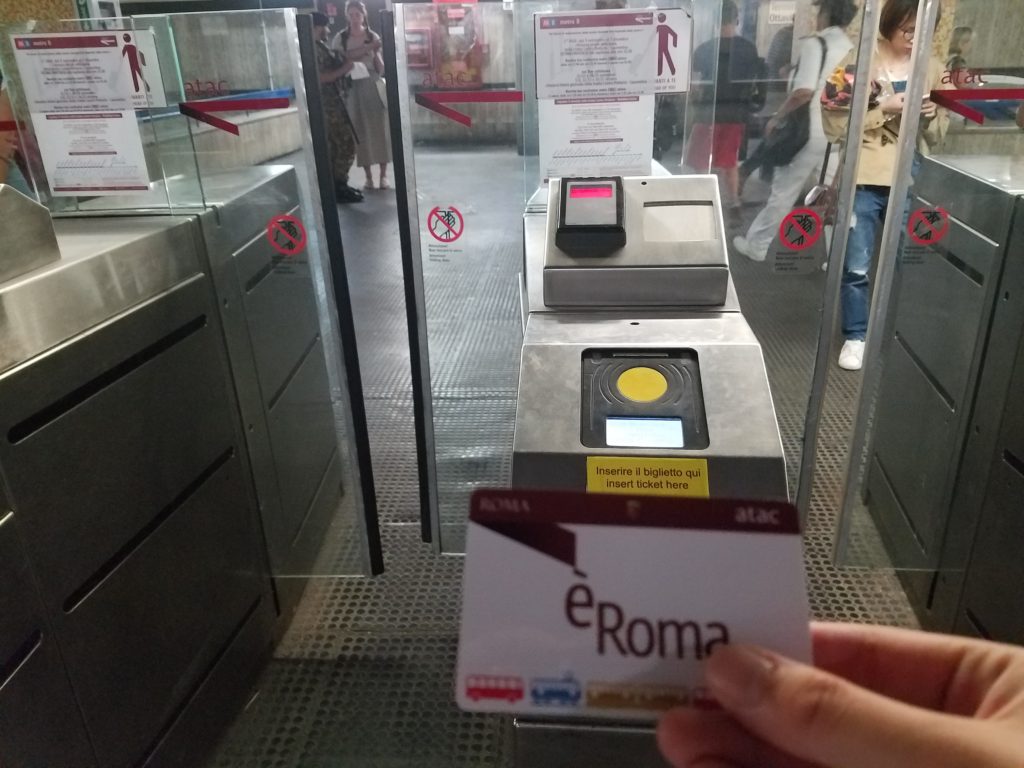
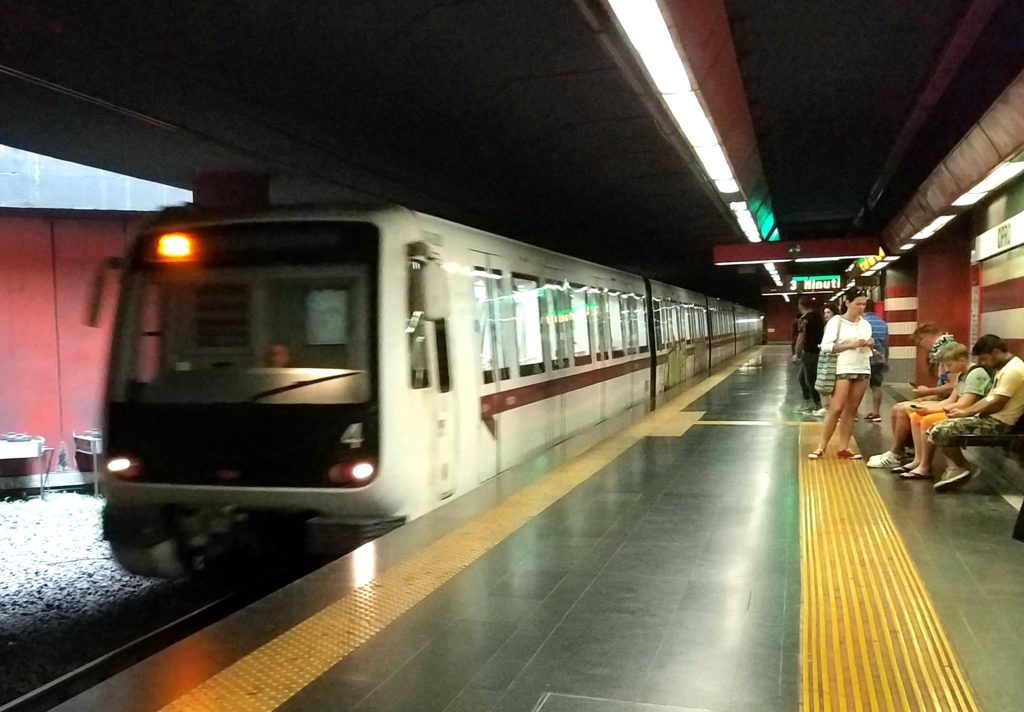
I also ride the subway to other locations in the city. The Spagna (pronounced “Spahn-nya,” Italian for Spain) Metro station (one stop away from Flaminio, which is a 10-minute walk from Temple Rome) in particular is a convenient location for sightseeing. I see a lot of tourists taking pictures of the iconic Spanish steps and of the famous Trevi Fountain all the time – most of them walked from the Spagna stop. It’s a busy station!
One of my housemates who explored the city more than I did told me something interesting about the Metro. A lot of the main attractions are accessible from the subway stops, but was I interested in an archaeological site that was literally INSIDE a Metro station? You bet I was!
The San Giovanni Metro station, which is three stops away from Termini in the center of the city, is a significant station on Linea A of the Roma Metro. It is one of only a few stops on the entire subway system with a connection to the new Linea C of the Metro.
I was surprised to hear that Rome didn’t have that many subway lines – I thought a large city would have at least five lines. My hometown of Boston, which is much smaller than Rome, has more lines on the MBTA (Massachusetts Bay Transport Authority) than the eternal city does. (There are four subway lines in Boston.)
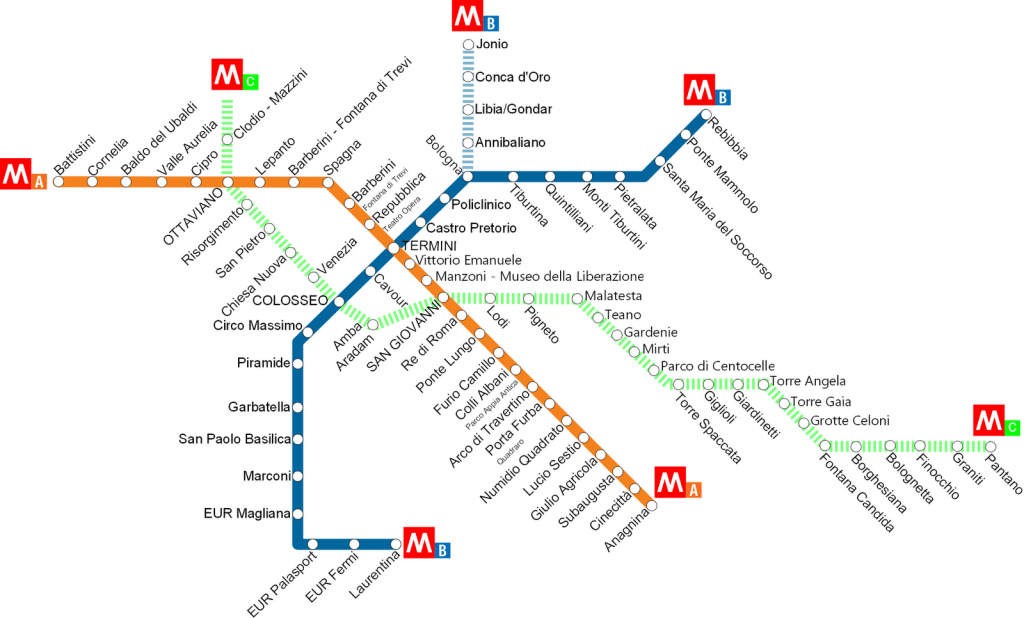
The city of Rome has wanted to add a new Metro line for years. However, construction was delayed fairly often. Every time the city dug underground, chances were that people might find ancient artifacts buried there. It is important to preserve the archaeological context of any artifact so any research on the found material can be more accurate and give us a more complete understanding of the past.
San Giovanni has been the site of several of these ancient artifacts, and the city of Rome decided to install an exhibit inside the Metro station, displaying artifacts where they were found. The city even added artwork of the objects and timelines that indicated what time period and depth beneath the ground (in meters) they came from near the stairs and escalators. The first time I saw the station, I thought I was daydreaming about Classical archaeology in the middle of a Metro stop!

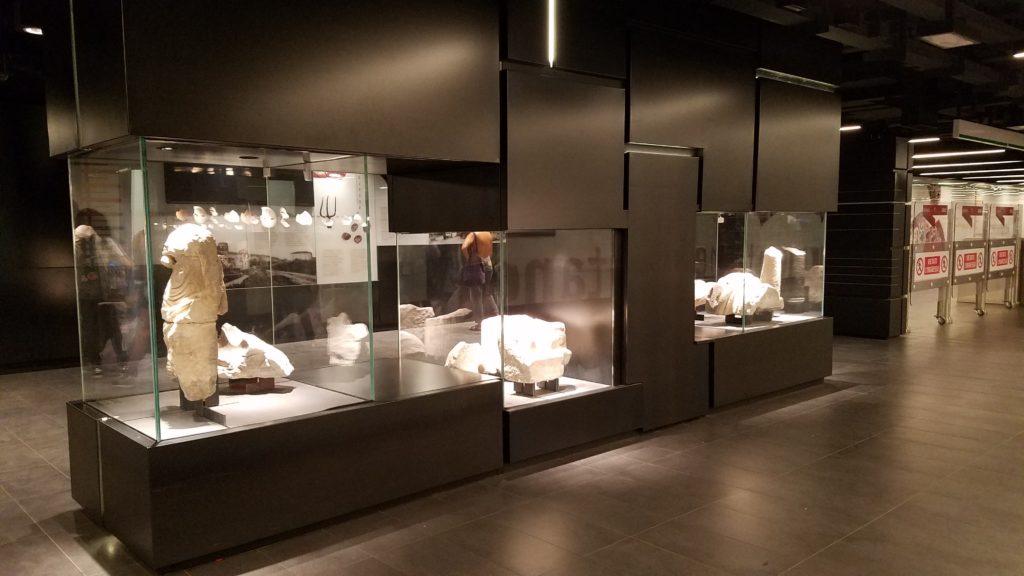
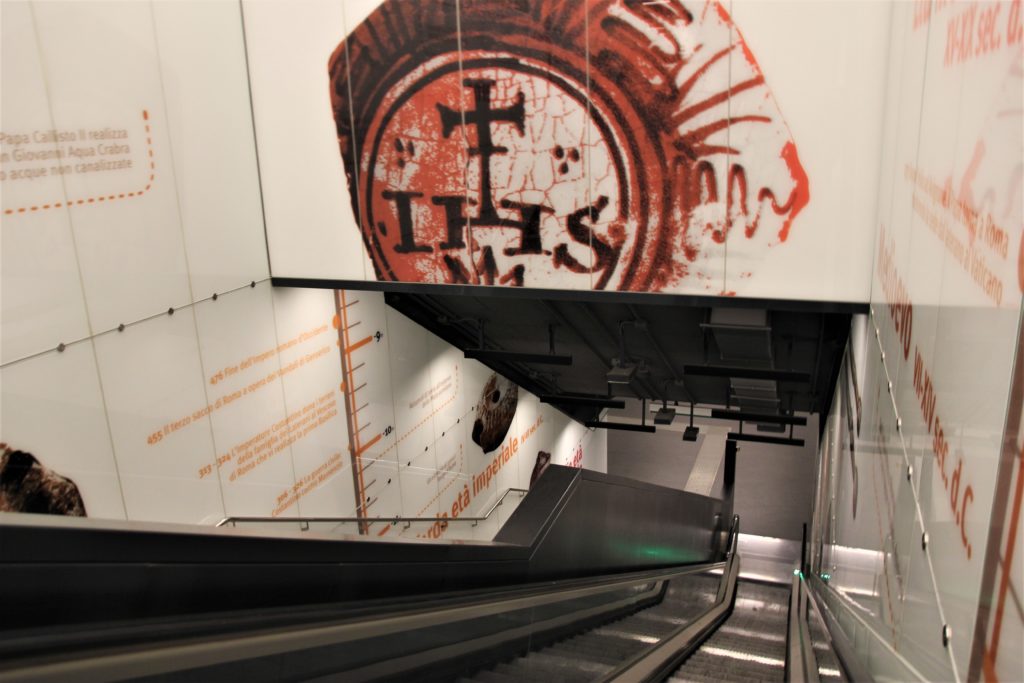
I took Classical archaeology at Holy Cross as a first-year student. One of the concepts I learned was the Law of Superpostion. Layers of earth form on top of each other for passing each time period – the oldest layer hidden deeper underground while more recent layers are closer to the surface. I got to experience this firsthand riding down the escalator at the station.
I kept track of how far underneath the surface I was going and what time period the layer of earth at that depth corresponded to. The lower the escalator went, the further back in time I went. There were artifacts from the Middle Ages to times of the Roman Empire to the Roman Republic to the Roman Kingdom and even to prehistoric times!
In Classical archaeology, I also learned about how modern people react when they encounter ancient artifacts while digging underground. I learned that in Athens, Greece, there is a Metro stop that is like San Giovanni in Rome. In fact, there is an entire collection at the Syntagma Metro station in central Athens! It is called the Syntagma Metro Station Archaeological Collection and is on display in the busy subway.
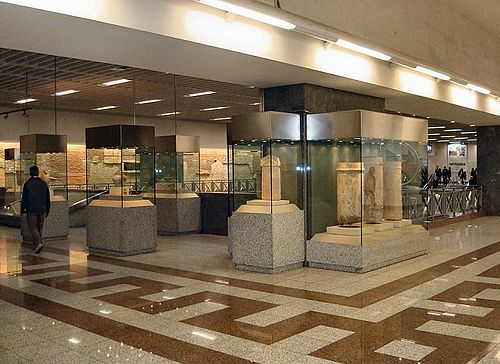
I’m grateful to my housemate for telling me about the hidden gem of San Giovanni. I’ve gotten to know my housemates over the past three weeks, and they have gotten to know me. They know that I love Classical archaeology and would love to see remnants from antiquity. I was thrilled to see the exhibit in the Metro with my own eyes! I now have a better sense of what it’s like to live a city that has been around since ancient times – I surely won’t find anything like this back home! Speaking of home, time to go back to the Residence! Going back up to the modern era by walking back up the stairs to 2019!
